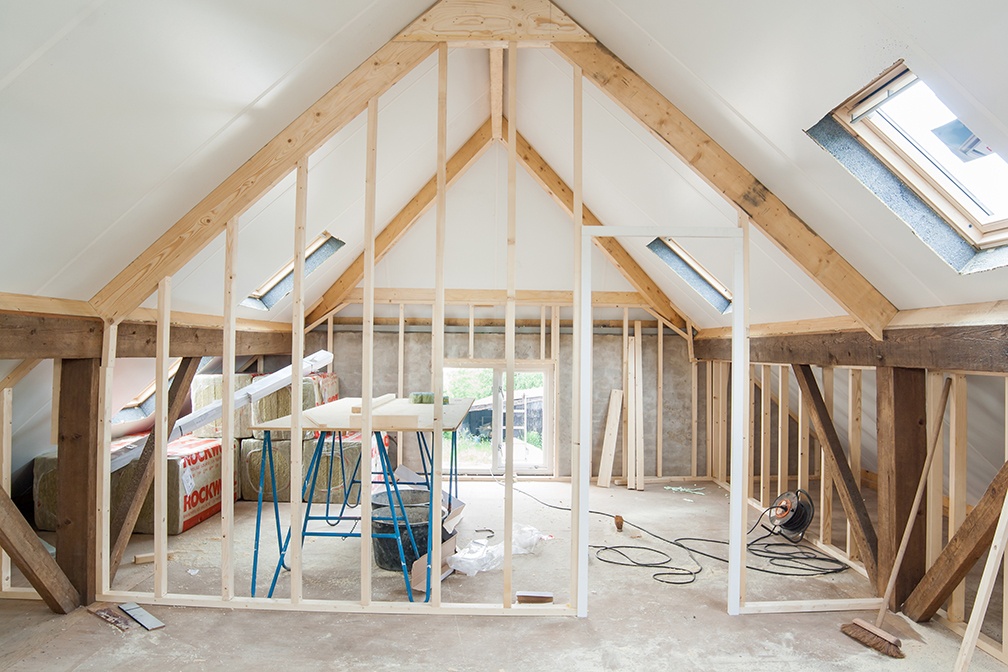 You’ve toured through a number of listings, attended all the open houses and have found your potential new dream home. Now the hard part begins, especially if you’re working against other buyers who are keen on getting the same home as you. Let’s take a look at three tricks that you can use to make sure the bid you submit on a home is the one that wins.
You’ve toured through a number of listings, attended all the open houses and have found your potential new dream home. Now the hard part begins, especially if you’re working against other buyers who are keen on getting the same home as you. Let’s take a look at three tricks that you can use to make sure the bid you submit on a home is the one that wins.
Don’t Start With A Lowball Offer
First, it’s important to note that the offer itself needs to be a fair one. If you approach a home seller with a low offer, you’ll likely discover that they’re not too interested in accepting it. Even worse, if your offer is too low, you risk the seller feeling insulted. And that might prevent you from being able to counter with a higher price to be more competitive. Instead, consider bidding on the low end of a reasonable, fair price range as your starting bid. That way the seller knows that you’re serious and is more willing to entertain the conversation.
Let A Real Estate Agent Handle It
If you want to make an offer that a seller can’t refuse, you’ll want to work with a real estate agent. An experienced agent that has helped dozens of buyers with the purchasing process will have critical knowledge that will be useful in making the right bid. Plus, if you end up receiving a counter-offer from the seller, an agent can assist you with understanding the terms and touching up your bid to get the deal done.
Keep Your Cool And Be Ready For The Counter
Speaking of counter-offers, you’ll want to ensure that you keep an open mind when it comes to negotiating with the home seller. Unless your offer is close to or over the listing price, the seller is likely to counter your opening bid. This is normal and is a sign that they’re interested, so from here it’s your job to ensure that you sweeten the deal just enough that they’re willing to close.
These are just a few of the ways that you can ensure that the bid you make on a home is the one the seller accepts. For more tips and insight into buying a house in your area, contact your local real estate professional today. We look forward to connecting!
 According to the Case-Shiller National Home Price Index for June, Seattle, Washington continued to lead home price growth for the tenth consecutive month with a June reading of 13.40 percent growth year-over-year. Portland Oregon held second place for home price growth in the 20-City Home Price Index in June but trailed Seattle by 5.20 percent with 8.20 percent year-over-year home price growth. Dallas Texas held third place with a year-over-year home price growth rate of 7.70 percent. The 20-City Home Price Index increased by 5.70 percent year-over-year and was unchanged from May’s reading.
According to the Case-Shiller National Home Price Index for June, Seattle, Washington continued to lead home price growth for the tenth consecutive month with a June reading of 13.40 percent growth year-over-year. Portland Oregon held second place for home price growth in the 20-City Home Price Index in June but trailed Seattle by 5.20 percent with 8.20 percent year-over-year home price growth. Dallas Texas held third place with a year-over-year home price growth rate of 7.70 percent. The 20-City Home Price Index increased by 5.70 percent year-over-year and was unchanged from May’s reading. Take a look around your home. Do you feel that burning desire to renovate or upgrade certain areas? Perhaps it’s the kitchen countertops or the décor in the master bedroom. Whatever the case, if you’re itching to take on a home renovation project you’ll want to ensure it’s one that makes your life better – not worse! Let’s take a look at four tips that will help you to avoid experiencing “renovator’s remorse.”
Take a look around your home. Do you feel that burning desire to renovate or upgrade certain areas? Perhaps it’s the kitchen countertops or the décor in the master bedroom. Whatever the case, if you’re itching to take on a home renovation project you’ll want to ensure it’s one that makes your life better – not worse! Let’s take a look at four tips that will help you to avoid experiencing “renovator’s remorse.” Last week’s economic news included readings on sales of new and previously-owned homes, Weekly readings on mortgage rates and new jobless claims were also released, along with coverage of Fed Chair Janet Yellen’s remarks at a conference in Jackson Hole, Wyoming.
Last week’s economic news included readings on sales of new and previously-owned homes, Weekly readings on mortgage rates and new jobless claims were also released, along with coverage of Fed Chair Janet Yellen’s remarks at a conference in Jackson Hole, Wyoming. If you’re planning on selling your home, you’ve probably already started to consider how you’re going to stage it. Staging is one of the most important parts of the selling process. The way you present your home is key to leaving a positive impression on a potential buyer. Let’s explore a few ways that you can stage smaller outdoor spaces to make them feel like they’re much more than they are.
If you’re planning on selling your home, you’ve probably already started to consider how you’re going to stage it. Staging is one of the most important parts of the selling process. The way you present your home is key to leaving a positive impression on a potential buyer. Let’s explore a few ways that you can stage smaller outdoor spaces to make them feel like they’re much more than they are. Are you going to sell your house in the near future? If it’s a bit of a ‘fixer-upper’ – meaning that it’s in need of some renovation work – you may find some challenges in marketing it to potential buyers. Reducing the listing price is one option available to you, but there are other ways to highlight this kind of home. Let’s have a look at three key areas that you’ll want to focus on when trying to sell a home in less than perfect condition.
Are you going to sell your house in the near future? If it’s a bit of a ‘fixer-upper’ – meaning that it’s in need of some renovation work – you may find some challenges in marketing it to potential buyers. Reducing the listing price is one option available to you, but there are other ways to highlight this kind of home. Let’s have a look at three key areas that you’ll want to focus on when trying to sell a home in less than perfect condition.